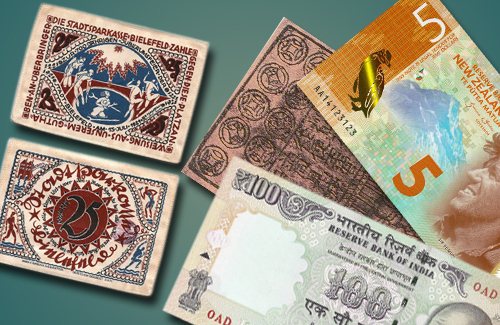Watermarking and Windowed Thread Technology
The mould-made process of printing banknotes is the most commonly used one in which a watermark and thread is incorporated during the paper forming process. The thread is the most widely used security feature on banknotes from around the world. The security level of the banknotes increases depending on its components which include fluorescent, magnetic, metallic and micro print elements.
Portals, part of the De La Rue group in the UK invented the windowed thread technology through which the thread can be made to surface periodically on one side. These features reduce counterfeiting activities to a great extent.
Sometimes the corners of the notes are strengthened using watermarking to improve durability. Special coatings help in reducing accumulation of dirt which in turn enhances the life of the note.
Bisphenol S (BPS), an endocrine disruptor that is subject to human dermal absorption through handling banknotes is used widely all over the world.
Optical Features and Holograms
The 5000 Schilling banknote issued by Austria in 1988 was the first foil application/ optical features application to a paper banknote ever. This technique has been adopted by many other countries today. Modern banknotes come with embedded holograms as well.
Polymer Banknotes
In 1983, Costa Rica and Haiti issued the first polymer or plastic banknotes, printed by the American Banknote Company and developed by DuPont. These notes were discontinued as they were slippery and its ink wore off. In 1988, after years of scientific research, Australia produced the first polymer banknote made from biaxially-oriented polypropylene (plastic), and in 1996 it became the first country to completely replace its paper banknotes. Post that, Bangladesh, Brazil, Brunei, Canada, Chile, Guatemala, Dominican Republic, Indonesia, Israel, Malaysia, Mexico, Nepal, New Zealand, Papua New Guinea, Paraguay, Romania, Samoa, Singapore, the Solomon Islands, Sri Lanka, Thailand, Vietnam, and Zambia followed suit.
Polymer banknotes are not only durable but are also more difficult to be duplicated with its unique security features like optically variable devices that are extremely difficult to reproduce.
Plastic banknotes that can survive a spin in the washing machine are to be brought into circulation by the Bank of England in 2016. The £5 note featuring Sir Winston Churchill will be the first plastic banknote of England.
Other Materials
Various other materials including silk and leather have been used by countries to produce banknotes. Bielefeld produced a number of silk, leather, velvet, linen and wood issues of currency around 1923. In 1844 Crane and Company patented the technique of printing banknote paper with embedded silk threads. Communist Revolutionary issues in China from areas such as Xinjiang, or Sinkiang issued banknotes printed on cloth in 1933. Currency was also printed on khaki shirt fabric during the Boer War.
The Future
After polymer notes, we don’t know where the future is headed when it comes to currency notes. With the advent of digital technology, virtual money transactions are being preferred by people from around the world. Experts believe that there are chances that paper notes will soon be replaced by virtual money or bit coins.
For the fun of it, if you were running a national bank, what would you print banknotes on?
-
Stamps on International Refugee Day
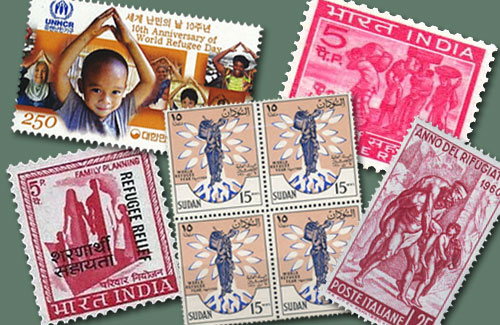
Violence, wars, terrorist attacks and prosecutions have torn the world apart into pieces t...
-
Young Philatelist: Mythical Creatures on Stamps
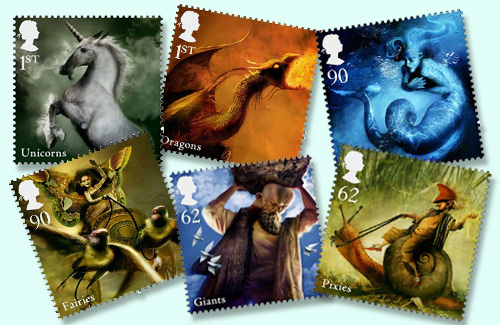
Can you imagine a world without stories? We were all born to tell and listen to them; that...
-
Young Numismatist: Time to Show You The Money
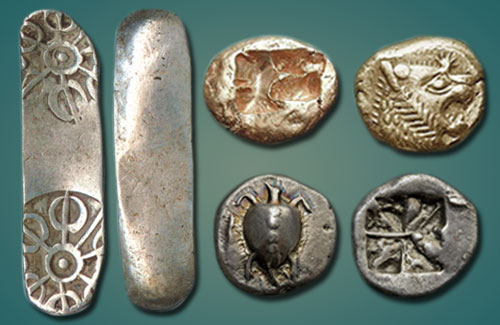
You always cribbed “Show Me the Money”. Now you get to see me in person, nice, up and ...
-
Types of Fancy Number Currency Notes
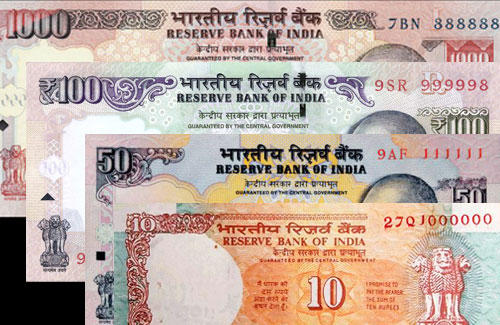
Types of Fancy Number Currency Notes Many notes come and go from your pockets and wallets...
-
Essential Tools for Every Stamp Collector

Gearing up the right way for anything that you have set your minds on always comes in hand...
-
Celebrating Buddha Purnima Through Coinage
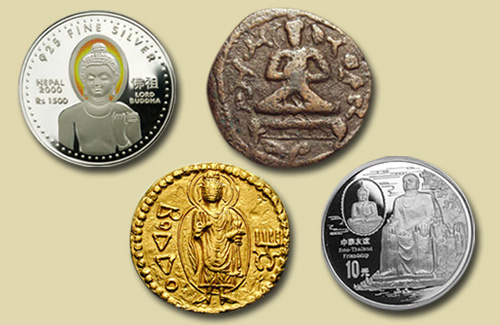
21st May will be observed as Buddha Purnima this year across the country, celebrating the ...
-
Why Can't a Country Choose to Get Richer By Printing More Paper Money?
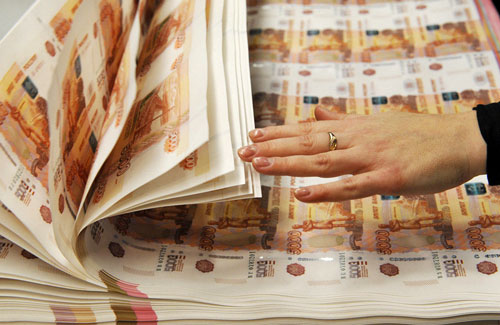
A question that many of us might have thought of, but never knew whom to ask. Today, let�...
-
Remembering Rabindranath Tagore
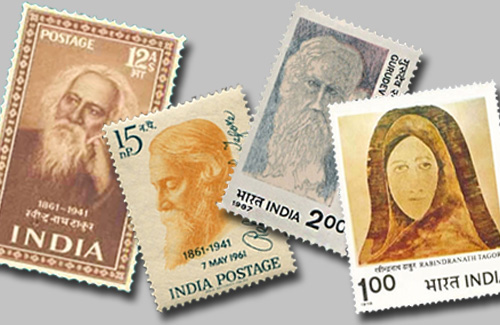
7th May 1861 was a special day in Indian history indeed. Rabindranath Tagore, one of the w...
-
CM Devendra Fadnavis Launches Mintage World
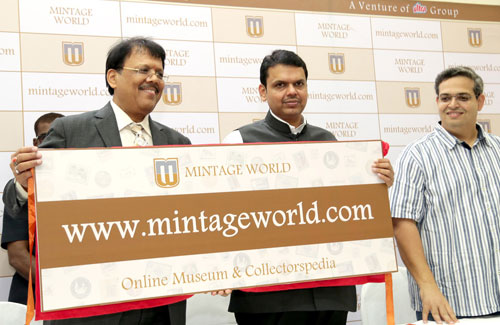
23rd April 2016 was a very special and eventful day indeed! Mintageworld.com was officiall...
-
8 Tips for Budding Stamp Collectors
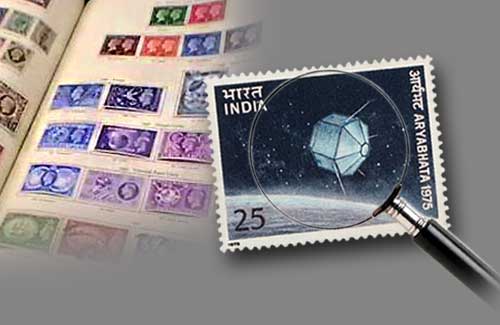
Collecting stamps is more than just a hobby for some. It’s an experience that helps you ...

